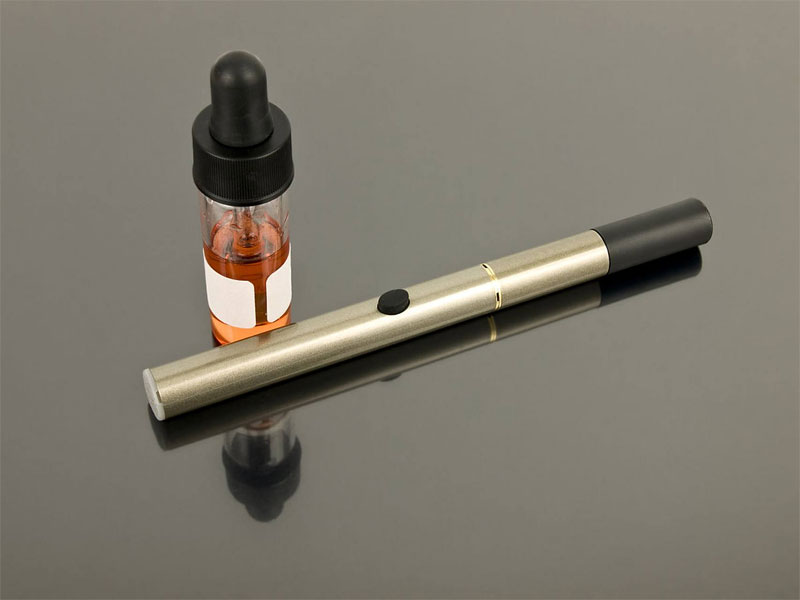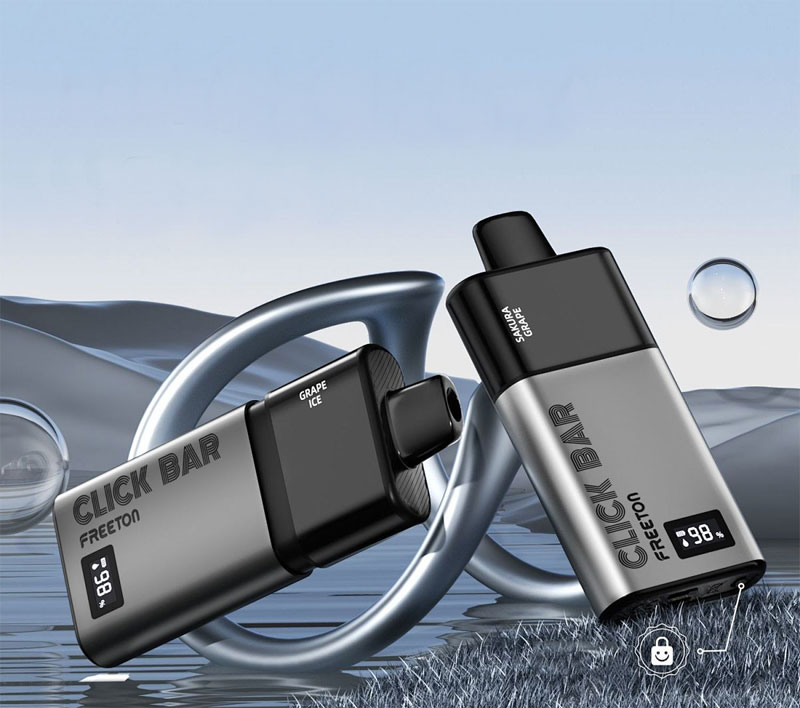
The advent and increasing popularity of Juul e-cigarettes have transformed the landscape of nicotine consumption, particularly among young adults. The sleek design and convenience of these e-cigarettes have made them a cultural phenomenon, but they have also sparked a significant debate regarding their health implications and regulatory oversight.
Understanding Juul E-Cigarettes
Juul e-cigarettes stand out due to their distinctive USB flash drive-like appearance, which appeals to a tech-savvy generation. Each Juul device delivers nicotine through considered pods containing a liquid mix of nicotine, benzoic acid, propylene glycol, glycerin, and flavorings. These pods are available in a variety of flavors, further enhancing their allure, especially among non-smokers and youth.
The Appeal of Juul
The key element that has contributed to Juul’s rise is its simple user-friendliness. Unlike traditional cigarettes or bulkier e-cigarettes, Juuls are compact and do not require any prior knowledge to operate. Users simply insert a pod and inhale, making it incredibly easy for new users to try.
Health Concerns and Criticisms
Despite their popularity, Juul e-cigarettes have been a focal point of health concerns. The high nicotine content in Juul pods is equivalent to a pack of cigarettes, raising red flags for addiction, especially in young users. There is also the ongoing debate about the overall safety of inhaling the vapor from e-liquids, as long-term health impacts are still being studied.

In recent years, there has been increasing scrutiny by health organizations, with studies linking flavored e-cigarettes to a rise in teen nicotine addiction.
Regulatory Actions
The rise of Juul e-cigarettes has prompted regulatory bodies to take action. In response to concerns about their appeal to youth, governments have introduced measures to restrict sales and advertising, particularly targeting flavored products. The FDA in the United States, along with other international counterparts, has been actively evaluating the impact of Juul on public health and considering stricter regulations.
Juul’s Response
In response to regulatory and public pressure, Juul has taken several steps. The company has ceased sales of certain flavored pods and has committed to working more closely with regulators to ensure their products are not accessible to minors. Juul has also implemented stricter age verification processes on their online platforms.
Market Impact
The impact of regulatory actions on Juul’s market share is significant. With restrictions in place, Juul faces challenges in maintaining its growth trajectory, yet it remains a dominant player in the adult vaping market. Competitors in the e-cigarette industry are also adjusting strategies to align with new regulations and capitalize on shifts in consumer preferences.

- Juul’s influence has also pressured traditional tobacco firms to innovate and enter the e-cigarette sector.
- Ongoing research and media coverage continue to shape public perception and policy-making regarding e-cigarettes.
Future of Juul E-Cigarettes
The future of Juul e-cigarettes will largely be dictated by how regulations evolve and whether the company can successfully pivot in a rapidly changing landscape. Continuous evaluations of their health impacts will also play a crucial role in shaping the public’s acceptance and usage of these products.
FAQs
- Are Juul e-cigarettes safer than traditional cigarettes?
- The health risks associated with Juul e-cigarettes are still being researched. While they avoid the tar and many chemicals found in traditional cigarettes, the long-term effects of e-cigarette vapor are not fully understood.
- Why have Juul e-cigarettes become so popular?
- Juul’s popularity can be attributed to its discrete design, ease of use, and range of flavors. However, these features also contribute to concerns about increasing youth usage.
- How are Juul e-cigarettes regulated?
- Regulatory measures vary by country but often include age restrictions, flavor bans, and marketing oversight to curb their appeal to minors.

As with any emerging technology, Juul e-cigarettes bring both opportunities and risks, necessitating a balanced approach that considers public health, consumer rights, and innovation. Understanding these factors will be key in navigating the evolving landscape of nicotine products.